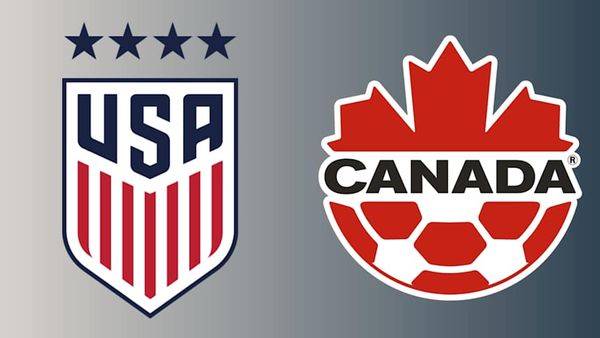Now there's a question crying out for a nursery rhyme: When is a knot not a knot?
To you and I, the answer is obvious. A knot is something to tie in your shoelace.
Which, of course, is not the same as a tangle. One is useful, while the other is the source of endless irritation. Note the use of the word "endless" - that's a plot point.
Aside from a method of fastening ropes, a knot might also refer to a nautical unit of speed or an imperfection in timber.
The history of knots in rope would go back to any culture that ever developed a way of twining fibre. It's an extremely useful invention that is good for anything from constructing bags, hunting bows or a lasso.

There's a vast array of types of knots, some useful and some merely decoration.
In the Chinese Tang and Song Dynasty (960-1279 AD), they developed knots for handicraft, and Macramé is a popular form of art today.
So far it's not a particularly complicated story, but to a mathematician, our definition is... loose. They would say a knot has no ends to tie or untie. In other words, a knot must be a loop that can cross over itself. Mathematicians would mostly ignore other properties such as friction and thickness.
A curious attribute of knots is that the number of crossings is always a prime number; or at least they can be decomposed into prime numbers. A variation is the "unknot", which is a simple loop that never crosses itself.
As you'd expect, from here the mathematics becomes more difficult and perhaps a little abstract, but the idea of knots might even help explain the nature of the universe.
One can imagine the Scottish physicist Peter Guthrie Tait with his friend Lord Kelvin sitting in a study with a glass of sherry, watching smoke rings.
They speculated that atoms were like the vortices in the air, knotted rings in the ether. The idea of ether has been discarded, but now we have so-called "string theory", which seeks to explain the nature of matter.
All this is very interesting but, aside from tying shoelaces, knots are something that can occur in everyday life.
It can happen when using your computer or smart phone. Two apps are competing for exclusive grasp of a single resource and neither can finish until one is given priority. In the older days of computing, we called this a "deadly embrace".
It can also happen when you're operating a business: A cannot happen until B. B cannot happen until A.
Congratulations, you now have a knot.
The Fuzzy Logic Science Show is at 11am Sundays on 2xx 98.3FM.
Send your questions to AskFuzzy@Zoho.com; Podcast: FuzzyLogicOn2xx.Podbean.com







